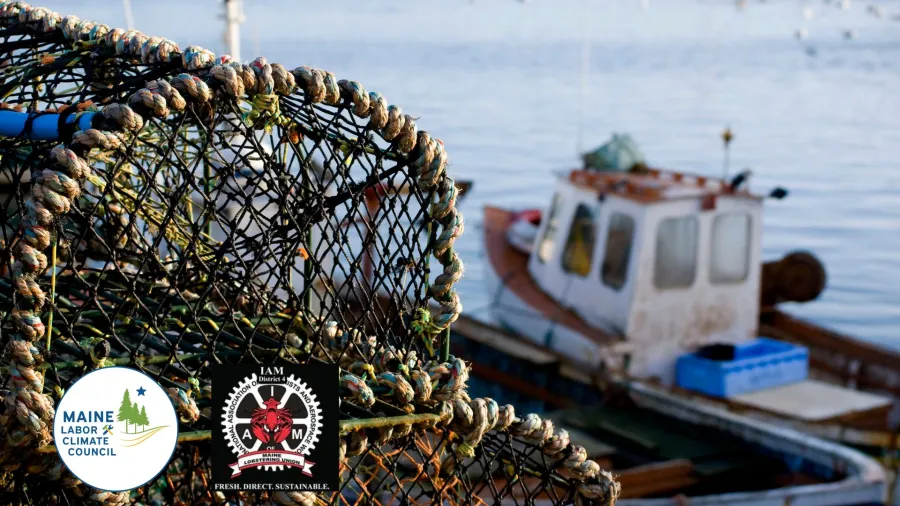BOEM Finalizes Decision Excluding Offshore Wind from Critical Fishing Grounds

In a major win for fishermen, the Maine Lobstering Union and other unions have successfully lobbied the federal Bureau of Ocean Energy Management (BOEM) to exclude critical fishing grounds from the leasing of commercial offshore wind projects in its designation of a Final Wind Energy Area (Final WEA) in the Gulf of Maine. Based on the feedback BOEM received about natural and cultural resources and current ocean uses, the bureau excluded Lobster Management Area (LMA) 1, a popular lobster fishing ground, from commercial wind leasing.
BOEM’s Final Wind Energy Area comprises about 2 million acres, roughly 23 to 92 miles off the coast of Maine, New Hampshire and Massachusetts. This is an 80 percent reduction from the section federal officials originally identified for potential wind leasing and a 43 percent decrease from the draft BOEM released last fall.
"BOEM's decision to exclude LMA1 is big," said Francis Eanes, Executive Director of the Maine Labor Climate Council. "We've been clear from Day 1 that if offshore wind is going to happen in the Gulf of Maine, it needs to be done responsibly, which at a minimum means we build it with wall-to-wall union jobs and make sure the turbines are located outside of the primary fishing grounds that are central to the livelihoods and way of life for so many Mainers, including hundreds of Maine Lobstering Union (IAM 207) members. Eventhough we stand on opposite sides of the offshore wind issue, I'm really proud of the work we've been able to do together so far to get BOEM to listen to the needs of working people.”
The Final WEA has the potential to support generation of 32 GW of clean energy, surpassing current state goals for offshore wind energy in the Gulf of Maine: 10 GW for Massachusetts and 3 GW for Maine, according to BOEM. The Maine Lobstering Union (IAM 207), the Maine AFL-CIO, the Maine Labor Climate Council and the Maine Building and Construction Trades Council were instrumental in urging our state and federal elected officials to support removing LMA 1 from the wind energy area.
“We are thankful for BOEM’s recognition of the value of Maine’s fishery both economically and for the fishing heritage of Maine,” said Ginny Olsen of the Maine Lobstering Union (IAM 207). “The LMA exclusion is vital to Maine’s survival. We want to thank all of our union brothers and sisters for standing with us for this exclusion. We still have concerns about the process of cabling and know we have a long road ahead.”
BOEM is also still considering a separate proposal that the state of Maine submitted for a research array of floating offshore wind turbines more than 20 miles off the coast of Portland. The Maine Labor Climate Council and environmental groups want the state’s offshore wind program to move ahead first before any commercial leasing, but as Maine Public notes, it’s unclear whether the research program has much of a head start — if at all — on any federal commercial projects in the Gulf of Maine.
This week, BOEM published its notice of intent to conduct an environmental assessment about the potential impacts of offshore wind leasing activities, which triggered a 30-day public comment period. BOEM is specifically seeking public input regarding important environmental issues and the identification of reasonable alternatives that should be considered in the environmental assessment.
